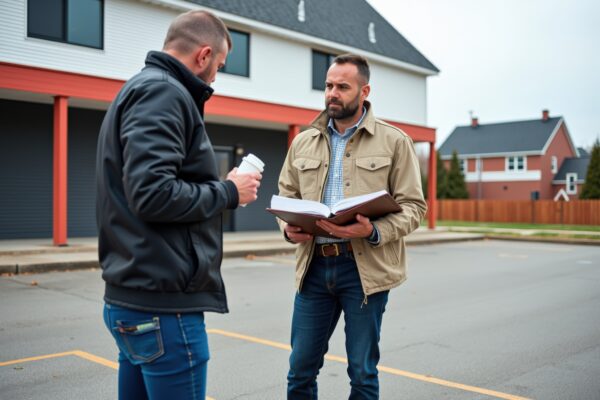
Listening to the concerns of neighbours can make planning applications easier.
If you’re planning to build something, the last thing you want is for your planning application to be delayed by objections. If you’re a neighbour worried about a new development, making a strong objection could help stop an unsuitable proposal.
At Norton Taylor Nunn, we help both developers who want planning permission and householders who want to object to unwanted developments. Understanding the most common reasons for planning objections can help you either avoid them—or use them to challenge a proposal.
1. Planning Objections Based on Neighbour Impact
One of the most common reasons for objections is that a development could negatively affect neighbouring homes. This could be:
- Blocking daylight or sunlight
- Overlooking gardens or windows, causing a loss of privacy
- A building being too big or overbearing
🔹 For developers: Careful design can prevent these issues from becoming a problem. Choosing the right building size, window positions, and distances can help avoid objections.
🔹 For objectors: If a new development affects your home, focus on clear reasons why—will it make your house darker? Will you be overlooked? A strong objection uses facts, not just opinions.
Further reading: Planning Portal – Householder Planning Guidance
2. When a Development is Too Big for the Area
If a new building looks too large or out of place compared to the rest of the street, it could receive objections. Equally, if the proposal is for hundreds of houses, the existing community should be capable of absorbing the increase.
🔹 For developers: The design should fit with the surroundings. A planning consultant can help explain why a development is suitable and meets local planning rules.
🔹 For objectors: If a building is out of scale, reference local planning policies. Saying “it’s too big” isn’t enough—explain why it doesn’t fit the area.
Further reading: National Design Guide – Government Guidance
3. Breaking Local Planning Rules
Councils have rules about things like building height, design, and how much land can be built on. If a proposal doesn’t meet these rules, objections can carry significant weight.
🔹 For developers: A planning expert can check the rules before an application is submitted, helping avoid objections.
🔹 For objectors: The best objections point to specific rules the development breaks. A planning consultant can help you find the right policies to strengthen your case.
Further reading: National Planning Policy Framework (NPPF)
4. Planning Objections Due to Parking or Traffic Issues
A new development can receive objections if it causes traffic problems or doesn’t have enough parking.
🔹 For developers: A transport report can help show there won’t be an issue—or offer solutions to make the development acceptable.
🔹 For objectors: If traffic or parking is a real issue, highlight it. The council will take concerns more seriously if they are backed by facts and local experience.
Further reading: Government Guidance – Transport and Highways in Planning
5. Heritage or Conservation Area Concerns
If a building is near a listed building or in a conservation area, planning rules are stricter. Developments that could harm the historic character of the area often receive objections.
🔹 For developers: Getting advice early can help ensure the proposal respects heritage rules and has a better chance of approval.
🔹 For objectors: If a development could harm a historic building or area, this can be a strong reason for an objection. A well-written objection can make a difference.
Further reading: Historic England – Planning and Heritage
6. Weak Justification for “Very Special Circumstances”
Some developments, like those in the Green Belt, require strong justification. If a case is weak, objections can help stop the proposal.
🔹 For developers: The argument for permission must be clear and backed by evidence. A weak case makes objections more likely to succeed.
🔹 For objectors: If a development in a protected area doesn’t have a solid reason, this is a strong basis for an objection.
Further reading: Government Guidance – Green Belt Development
How Norton Taylor Nunn Can Help with Planning Objections
We are experts in planning objections. Whether you want to get planning permission or stop an unsuitable development, we can help.
🔹 Developers – We put together strong applications designed to avoid objections.
🔹 Objectors – We help householders challenge planning applications effectively.
If you need advice on objecting to planning or overcoming planning objections, contact Norton Taylor Nunn today.



